Can You Learn Art Online?
An artist’s review of the Creative VisionaRY Program (CVP)
With the internet (almost) anything is possible. In 2019, pre-Covid, I took a 12 week online painting course with Nicholas Wilton called the Creative Visionary Program or CVP.
My goal was to get fresh input into my style and approach and, frankly, to mix things up a bit as I was feeling stuck in a rut.
But is that even possible? How do you learn art without a teacher in the room?
It turns out you can —as long as you put in the studio hours.
Doing the CVP course has been an intense exercise in having fun trying new techniques while trying to keep up (not always successfully) with the shear volume of information, as well as putting in 3 to 5 hours of studio time a week to actually practice what I was learning.
The weekly watch-and-learn video lessons, zoom calls with tutors and tech support team, a facebook group, a library of FAQs plus weekly newsletters, amounted to a huge resources all of which are available via the impressively deep online portal. I decided to fully commit to doing the program as it is designed over 3 months, even though it is available to review for several months longer.
I found I really enjoyed being part of something so comprehensive and with a large community of artists worldwide who are taking the course at the same time.
So I gathered my materials and kept pace, more or less, with the weekly lessons which introduced new concepts (to me) and techniques for painting in acrylic on wood panel, which I had not attempted for several years.
What I discovered has stayed with me and informs my painting practice even now (5 years later). So here are my top 7 take aways from attending CVP.
my 7 Key take aways from CVP
Have fun! Use a ‘play’ board next to the ‘proper’ painting you are actually working on. This ‘play board’ is for messing about on, testing colours, trying out a new tool, and wiping out your brush on - really just playing. Perhaps unsurprisingly, because I was so care-free with them, several of my play boards have developed into better paintings than the ‘real’ ones!
Test new techniques and experiment. Discovering new techniques such as collaged papers, transfers, and glazes are also covered which I am now using to a greater or lesser extent.
Value is more important than colour. I LOVE colour but was getting trapped in what I now call the ‘mid-tone zone’. I gained a deeper understanding of colour in CVP but even more importantly, I learned that having big value differentials in your palette, such that it includes both very light and very dark tones, is what creates the most impact. It’s these differentials that call you across a room to look at a painting.
Analyse & Adjust: Learning how to get yourself out of trouble with a painting that goes ‘wrong’ is key to navigating the creative process. Having a way to analyse what’s working, and what isn’t helps me keep moving forward and enjoy the process, so I don’t get stuck or fall into despair. (We’ve all done it!)
Work in a series: I gained confidence about working in a series of similar sized paintings, perhaps 6-10, simultaneously. Working in rotation, and using them to practice the weekly lessons, led me to keep going where I might have previously stopped prematurely. Nick talks about a breakthrough painting that points to a new direction and lifts the entire body of work. In hindsight, this has been very helpful in preparing for exhibitions and for the series of work that I release first to my newsletter subscribers.
Keep Going! Don’t give up or abandon too soon. CVP taught me that pushing a painting further than I normally would often results in a better painting with a richer surface texture that adds to the interest and the whole. We were encouraged to scrape, scratch and gouge out marks, rub and even sand away layers, and then add more and more thick paint or medium, and collage in extra bits and papers to see what that was like. Working on wood is well-suited to acrylic paints and allows for a particular texture that canvas doesn’t permit. So I have now incorporated this hard surface into my practice.
Take Risks. This 2 word prompt catapulted me forward in unexpected ways, as I share below, with firstly to start tackling a MUCH bigger painting than the class was working on, and secondly, to follow an intuitive prompt to contact a previous collector and invite them to buy it!
Studio Wall: a series of my CVP paintings in progress
The Benefits of Creative Visionary Program
The Creative Visionary Program has helped me fill in gaps in my knowledge and forced me to practice principles that I didn’t know that I didn’t know. For example, the light and dark value spectrum — I’d been tending to use mid-tone colours and avoid the very lights and very darks. Now I know that large value differences make a composition way more arresting than without them.
Another major benefit has been to get myself out of compositional conundrums, or just unstuck so I can keep moving forward. Solving painting problems can be tricky as artists work on their own and getting critical feedback that will support your next move (rather than cut you down) is difficult to come by.
I found that CVP helped me analyse my work and identify options and avenues to improve each painting. Being self-resourceful like this is a huge boon as I’ve been able to resolve paintings and bring them to completion much more quickly. It means I don’t get stopped nearly so often and therefore don’t abandon a painting because I couldn’t see a way to move it forward.
So how about my paintings? Did they get any better?
Well, yes I think they did - but take a look below and decide for yourself.
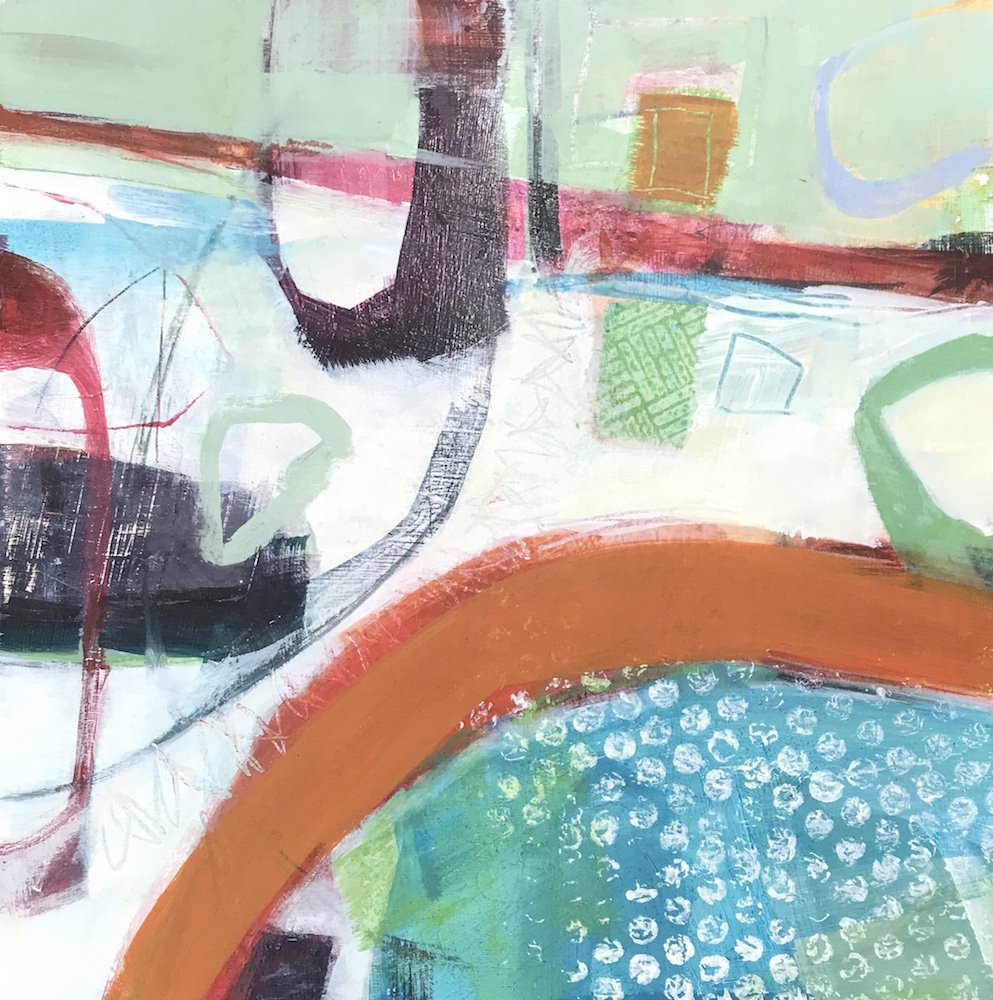
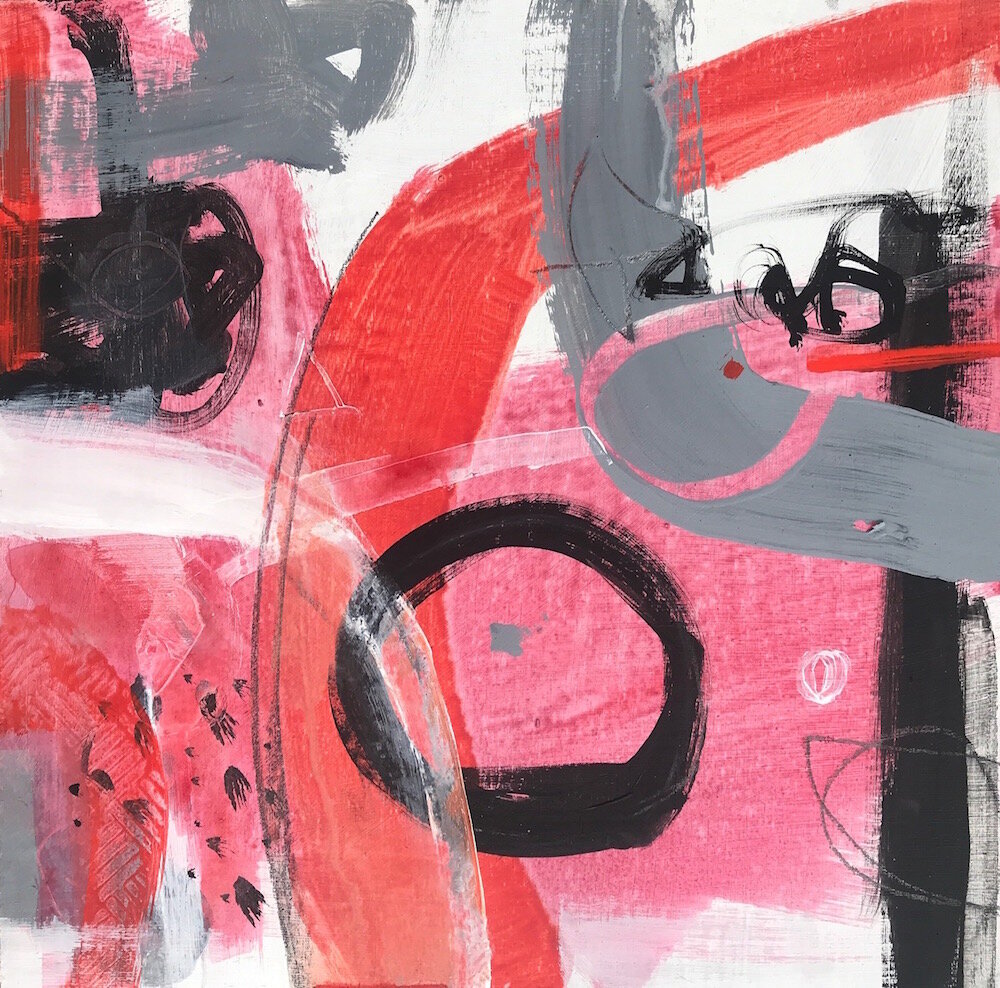
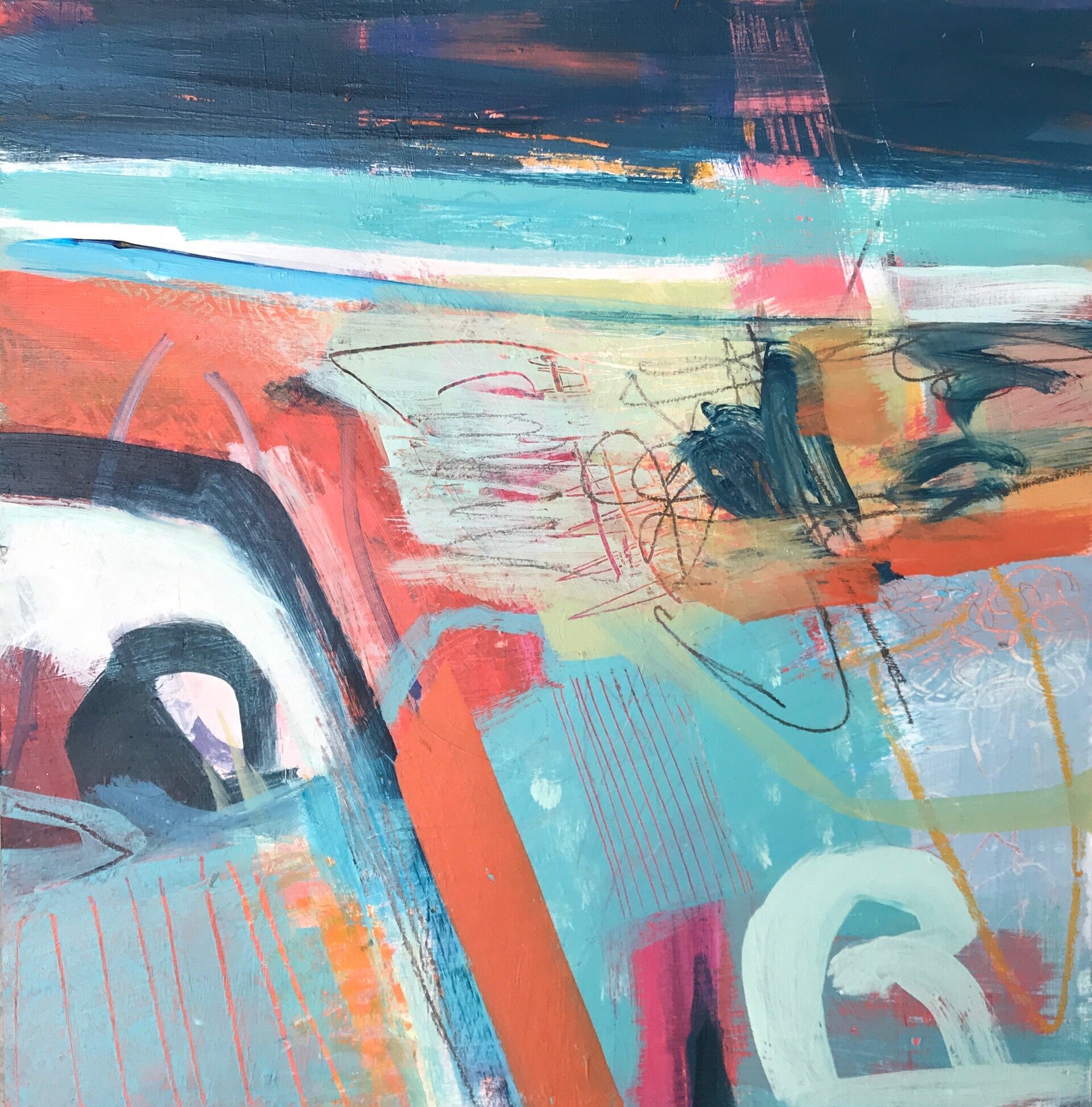
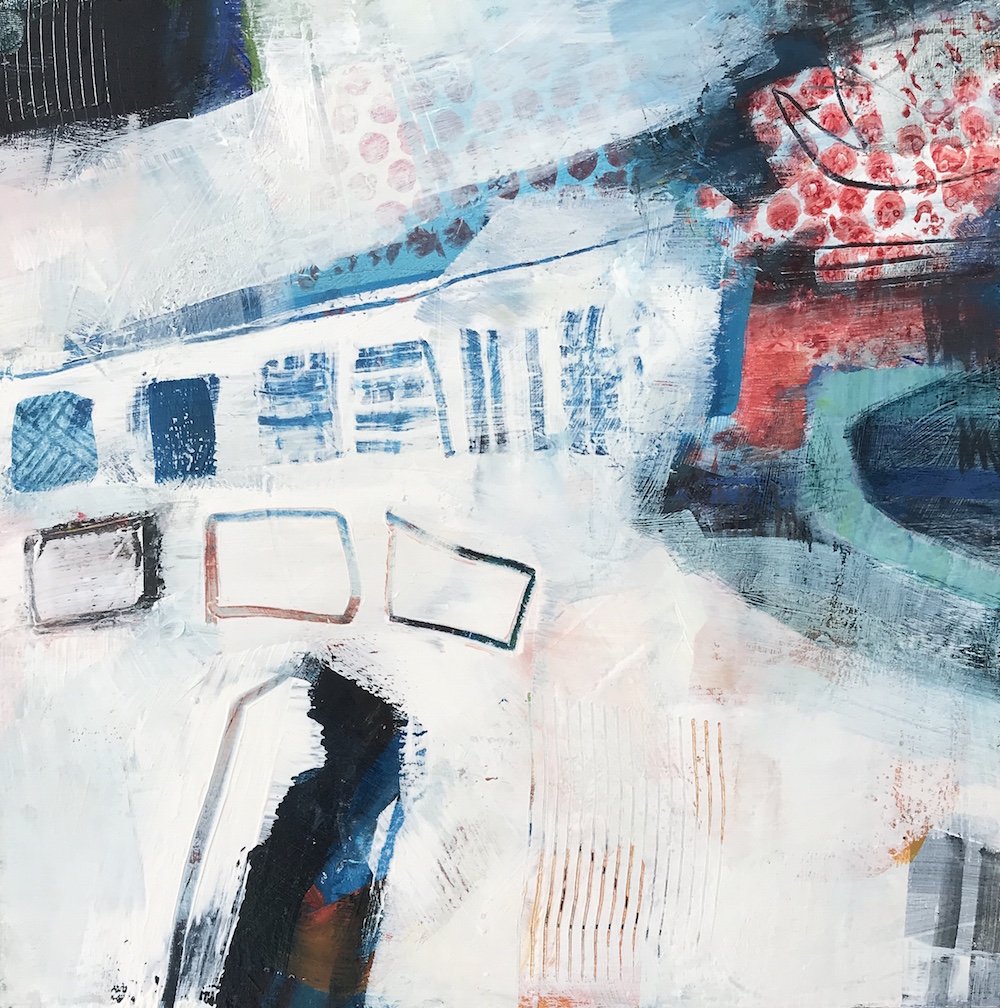
Want to find out more?
I recommend attending the Art2Life workshop which is a FREE taster of Nick’s teaching style, with a whole bunch of tips and techniques on Value, Design and Colour and there’s masses of value in just this one week. This year, it runs from 4-8 March 2024 and is the feeder workshop for the 12 week Creative Visionary Program or (CVP).
How to get the most out of CVP
There’s no denying that you’ll need to be disciplined to keep up with the program. I was motivated enough to keep going and found that once I incorporated it into my schedule, I was able to increase the number of studio hours I could find. It’s amazing how even 30 or 40 minutes here and there adds up when you’re excited about your work.
I listened to several of the live calls in California while making dinner in the UK. There’s a ton of support in between the release of each set of video lessons, including zoom tutorials with teaching artists, and lots of live problem-solving sessions with students’ work, with guidance on how to improve or push a painting further.
My work was never ‘picked’ for these calls - I was shy about volunteering it. Nevertheless, I learned a lot from these lessons which focused on other artists’ work.
Making Richer, Better Paintings
Overall, I was amazed at how many new things I learned on this course and combined, they’ve helped to make my work stronger and find my way through problems so I make richer, better abstract paintings.
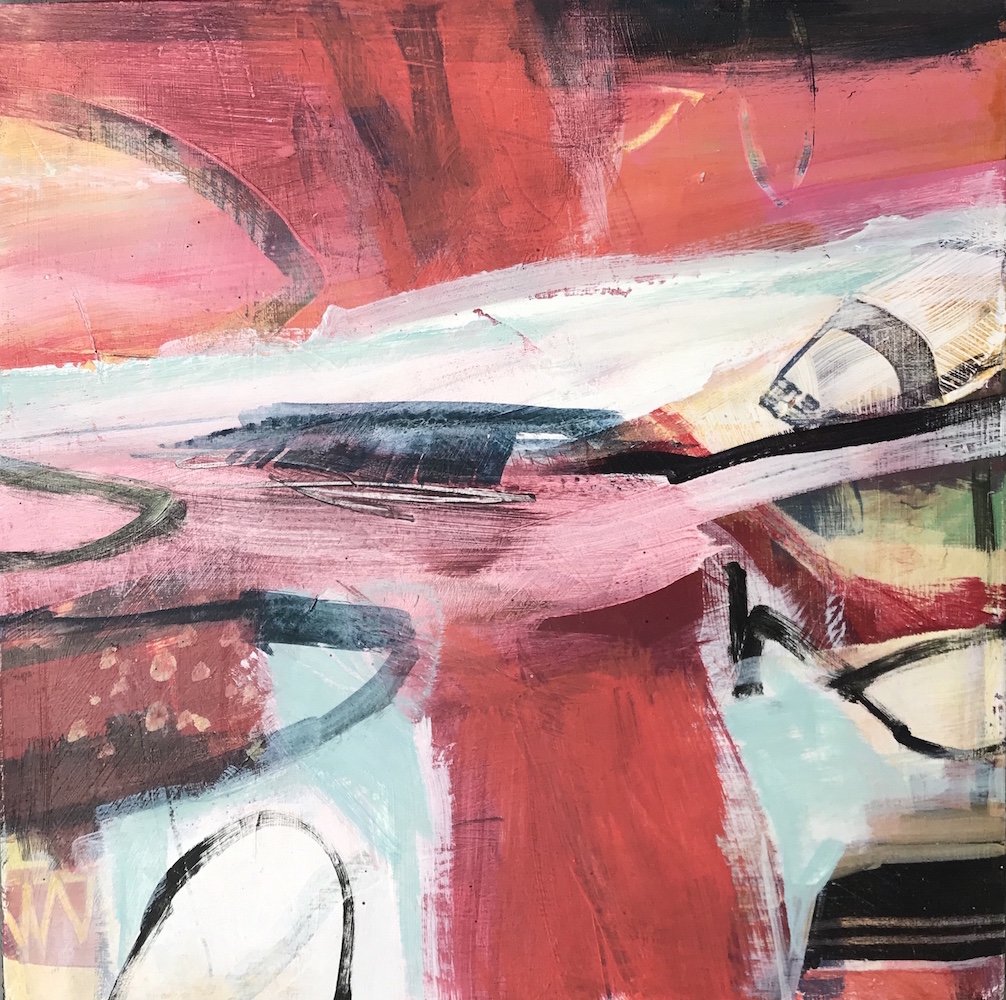
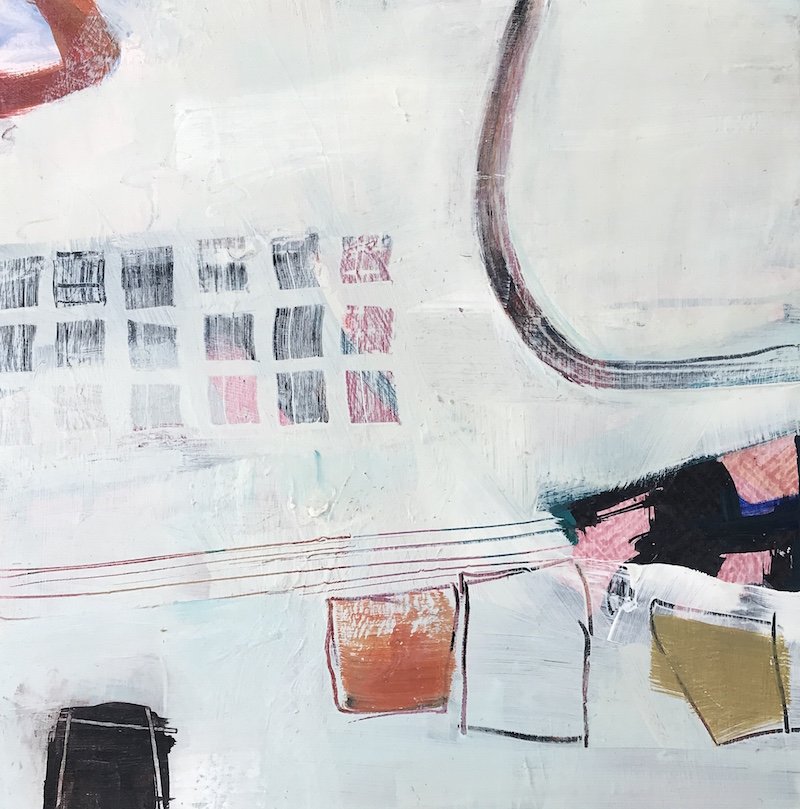
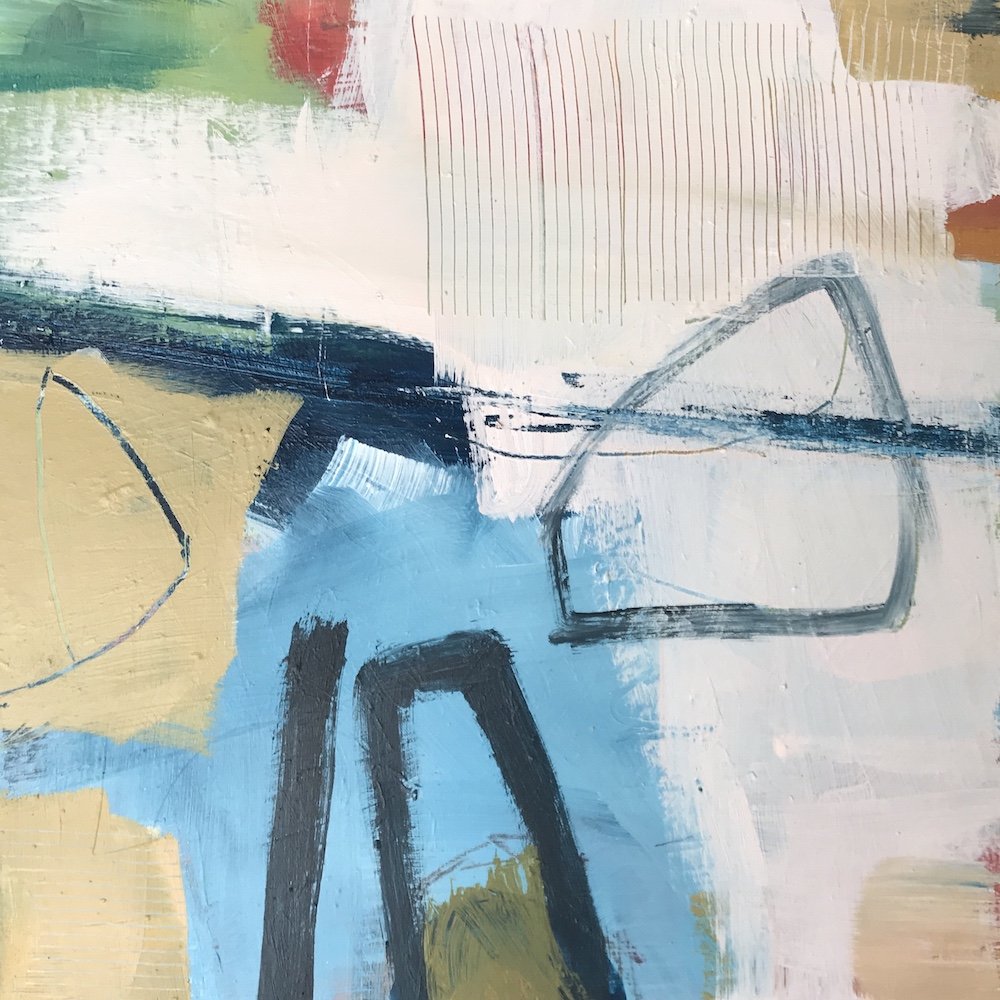
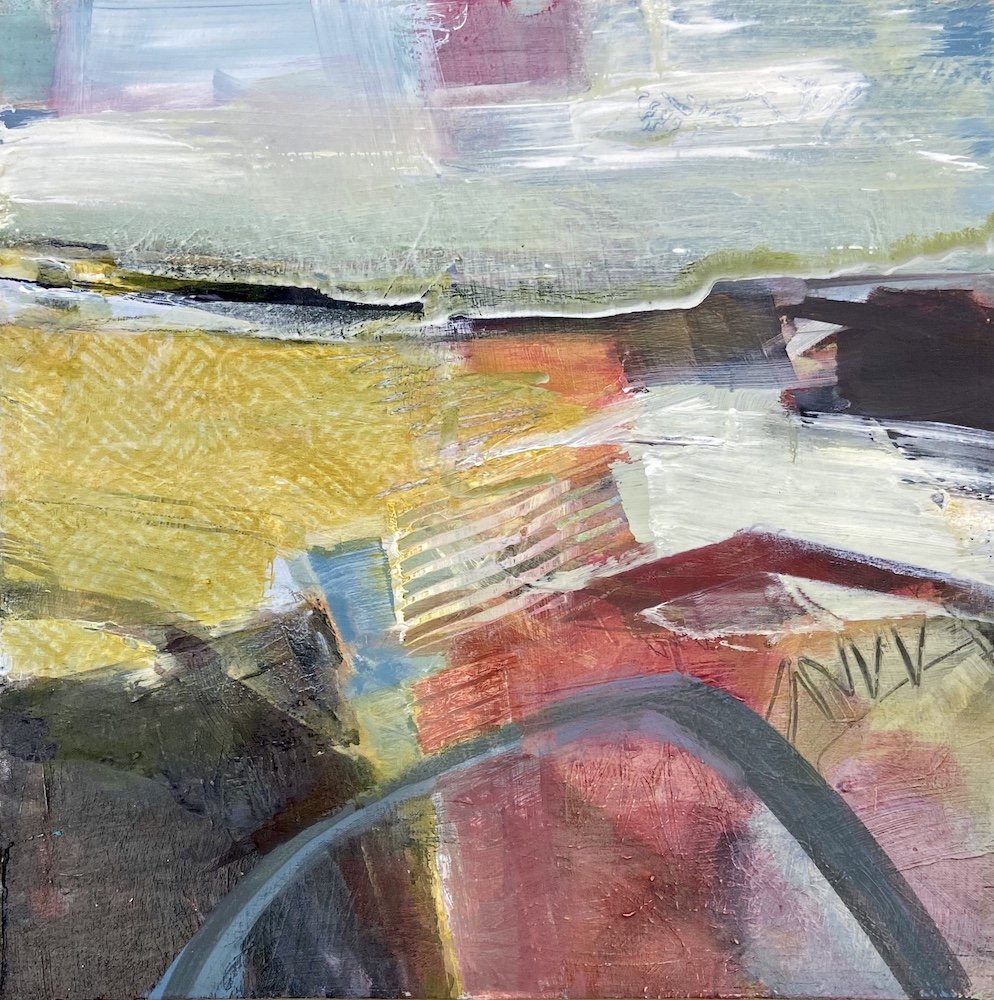
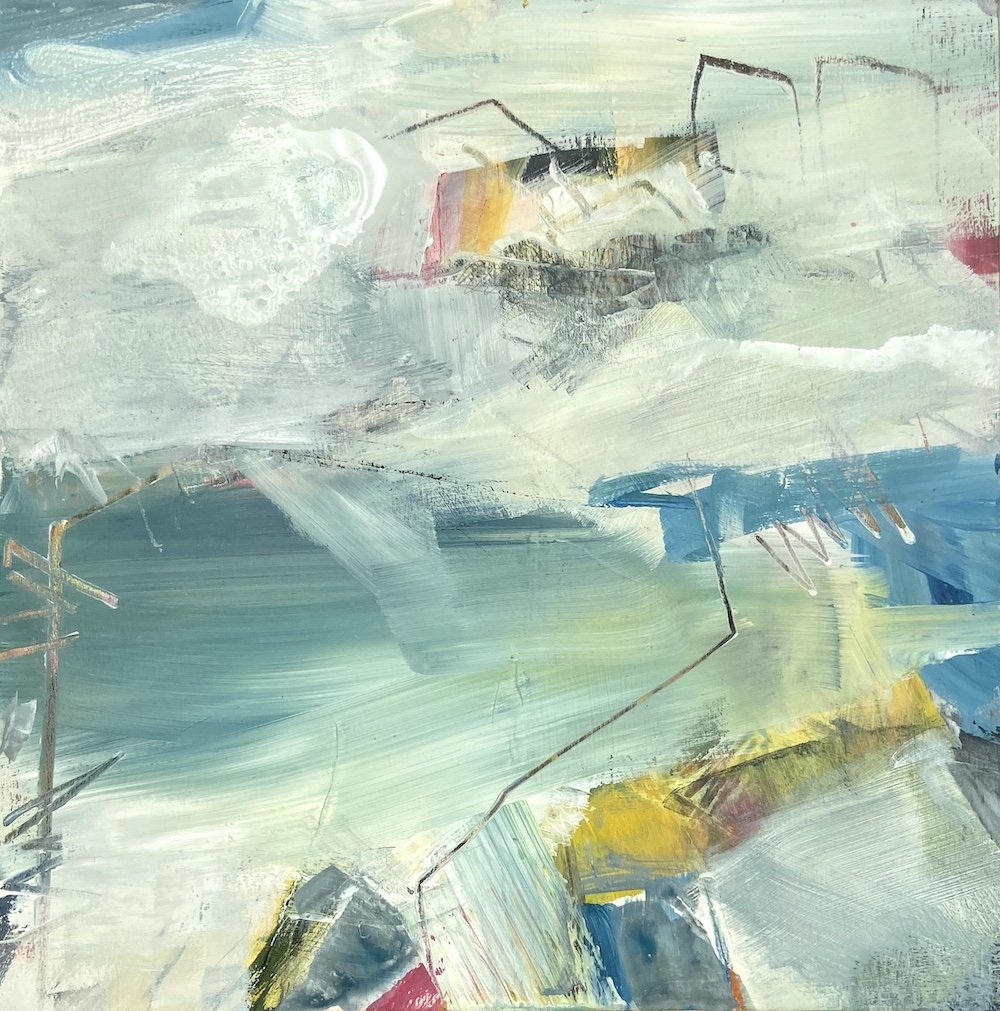

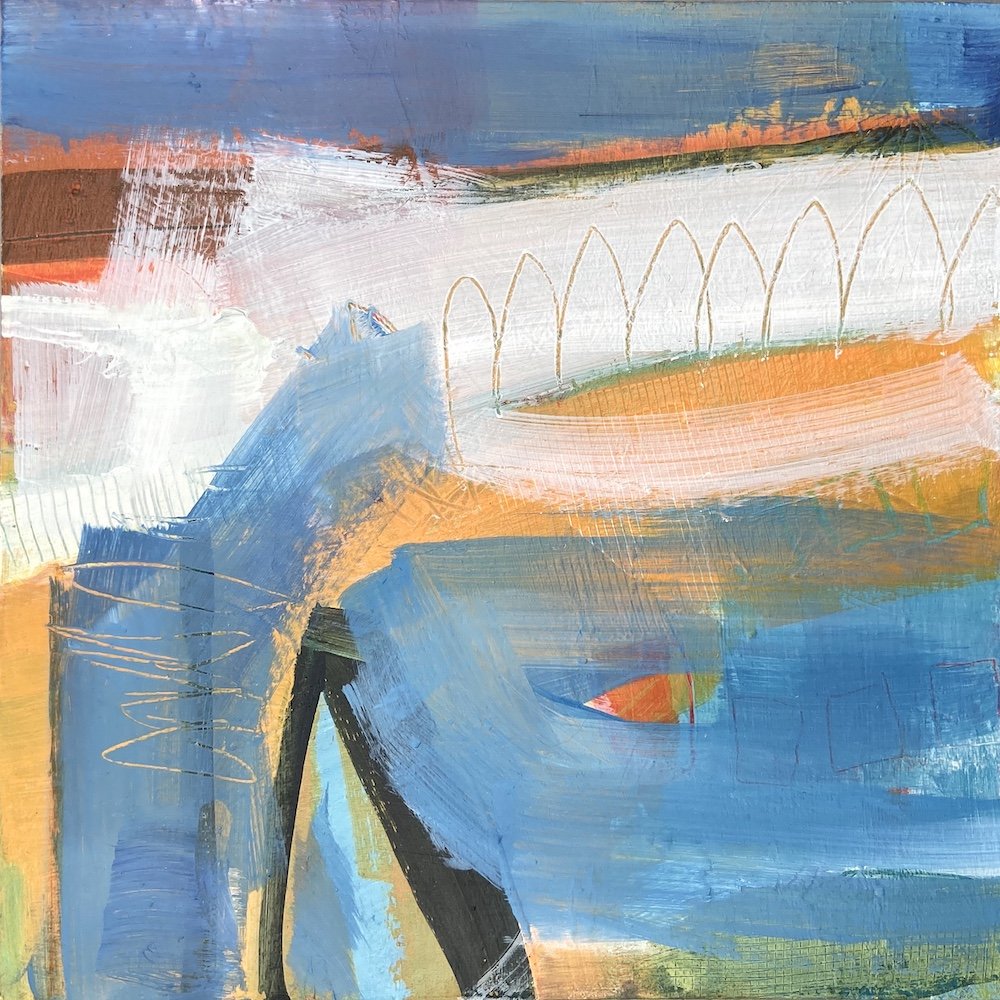
Try Something New
There’s a saying that if you want different results, do something different. This course has taken me into new territory, and I’ve learned new skills and techniques that will help me to make better paintings, and crucially, resolve paintings as I go through the process.
If you’d like to try CVP for yourself, the first step is to enroll in Nicholas Wilton’s free Art2Life workshop to see if it’s a fit for you. In it, he explains tips about Design, Value and Colour and how differences are so important in your work.
I highly recommend taking this course because even though it’s a free - it’s packed with information and you can see if you like Nick’s style of teaching. If you’re reading this after March 2024, join my mailing list and I’ll remind you when it opens next year.
risk-taking
While working on the small panels, I decided to work on a large canvas (4’x5’ 122x152cm) along side my course studio work. I had a particularly fun time with this painting as I got to play with a big squeegee which I bought for the course, and practice the new lessons I was learning.
Each week I'd learn something new and realise I had mistakes to fix or new things to try out, all of which led me to push myself into new territory. The final canvas went through several iterations — which I now see track to The Creative Lifecycle — and is certainly a more mature painting than I was previously making.
A time-lapse video in the studio making an abstract painting, working at larger scale. I am using a new tool - a car windscreen squeegee - to spread paint around this large canvas (4' x 5' / 152 x 122 cm). At this early stage I'm just getting paint onto the surface and responding to the colour.
The final painting, called Peninsula, is inspired by the San Francisco peninsula where I lived for over 10 years and is a stone’s throw from CVP headquarters.
As I was nearing the completion of the painting, Nick began talking about Risk-taking in our work. It occurred to me that the painting would be a great fit for a wonderful couple I had known in New York, who had previously lived in San Francisco and already owned one of my paintings. I took a risk and invited them to consider this new painting for their home.
You can imagine how thrilled I was when they decided to go ahead and add it to their collection!
Peninsula, mixed media on canvas, 60” x 48” / 152 x 122 cm
so Is CVP worth the investment?
I’m sure this is the question you really want to ask. So, did I recoup my investment in CVP?
Well, YES, I did without doubt. In terms of my Return On Investment, I can say it more than four-fold in that I have earned well over 400% of what I originally spent as a direct result of the paintings I made while or within 3 months of taking CVP the first time around.
Almost without exception, all of the paintings I made during CVP have sold. Would I have made them anyway? Possibly, but very likely not as many and not at the new level of confidence I acquired.
By far the lion’s share of that 400% is due to taking the risk in making and selling the large canvas, Peninsula, to my previous collector. I followed a hunch that I almost certainly wouldn’t have done without the push from Nick to look for where I could take a big Risk.
A big direct sale like that really helps the numbers - but if I can do it, so can you!
I think the real value is perhaps in the uplevelling that happens as a result of CVP. Once you grow in confidence you don’t look back; you keep growing and expanding.
And finally, I have also gone on to offer a selection of my favourites as limited edition prints in my art shop, which has delivered additional income. More importantly, however, by offering these prints I have expanded my customer base by attracting new collectors who might not have been ready to buy original paintings, but are still interested in following and supporting my art.
Why not Join CVP THIS YEAR?
It takes a leap of faith to commit to CVP, but the very act of doing so seems to propel artists forward. It’s hard to put a price on the value of investing in yourself, and it really comes down to making a choice. If you feel attracted and intrigued by it, and feel an excitement about this being the right time, then I say go for it!
Registration is open now and you can join CVP in 2024 until end of Wednesday 13th March.
If you do go ahead and join, I may receive a referral fee. Yes, this does incentivise me to keep this blog current and updated, but really it’s about passing the baton and inspiring other artists - that’s YOU! - to expand creatively is what I’m really here to do.
So if you feel the call, why not invest in yourself and dive into joining CVP?
I’d love to hear if you do join, so feel free to keep me posted!
Trudie x


